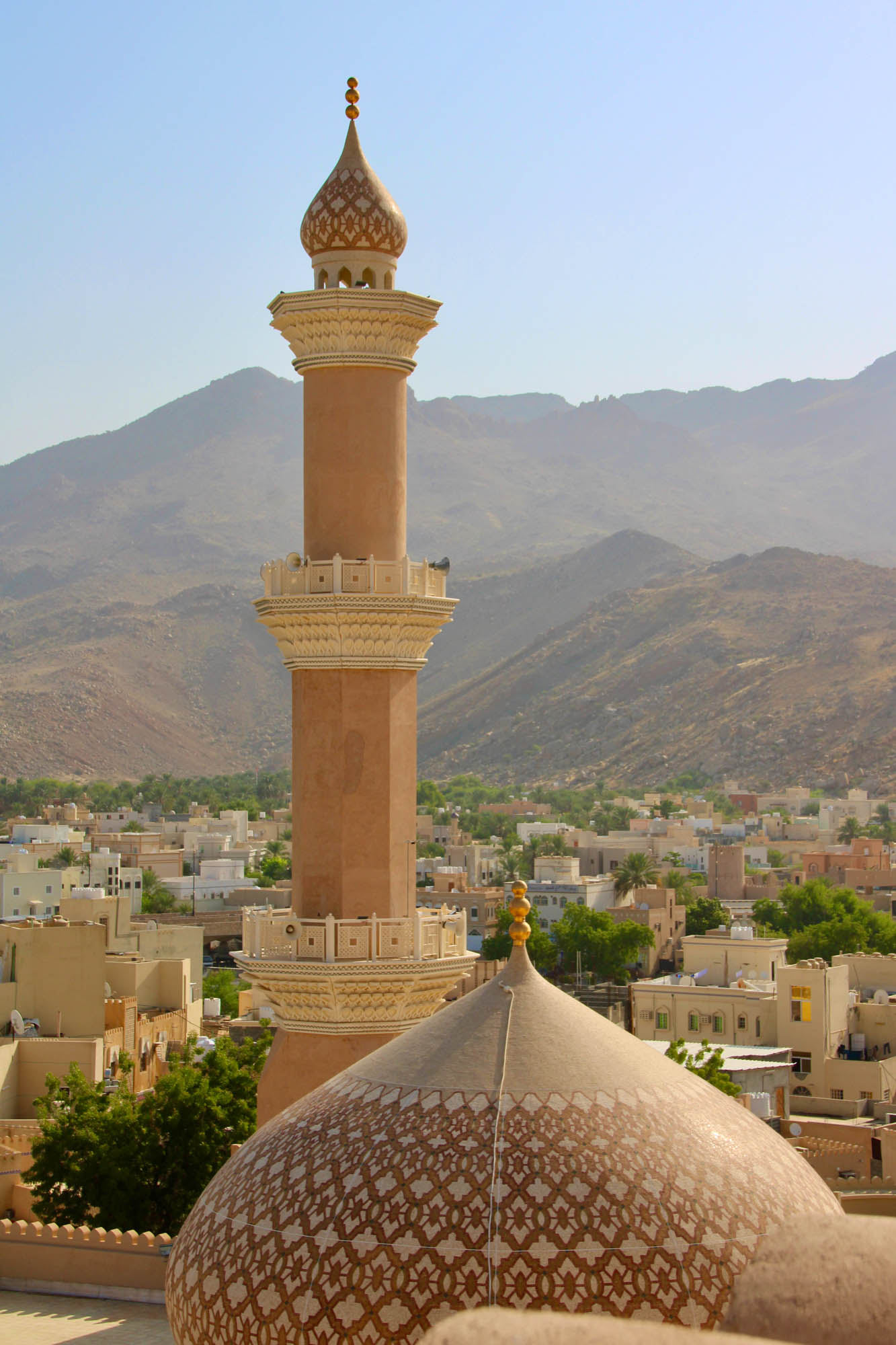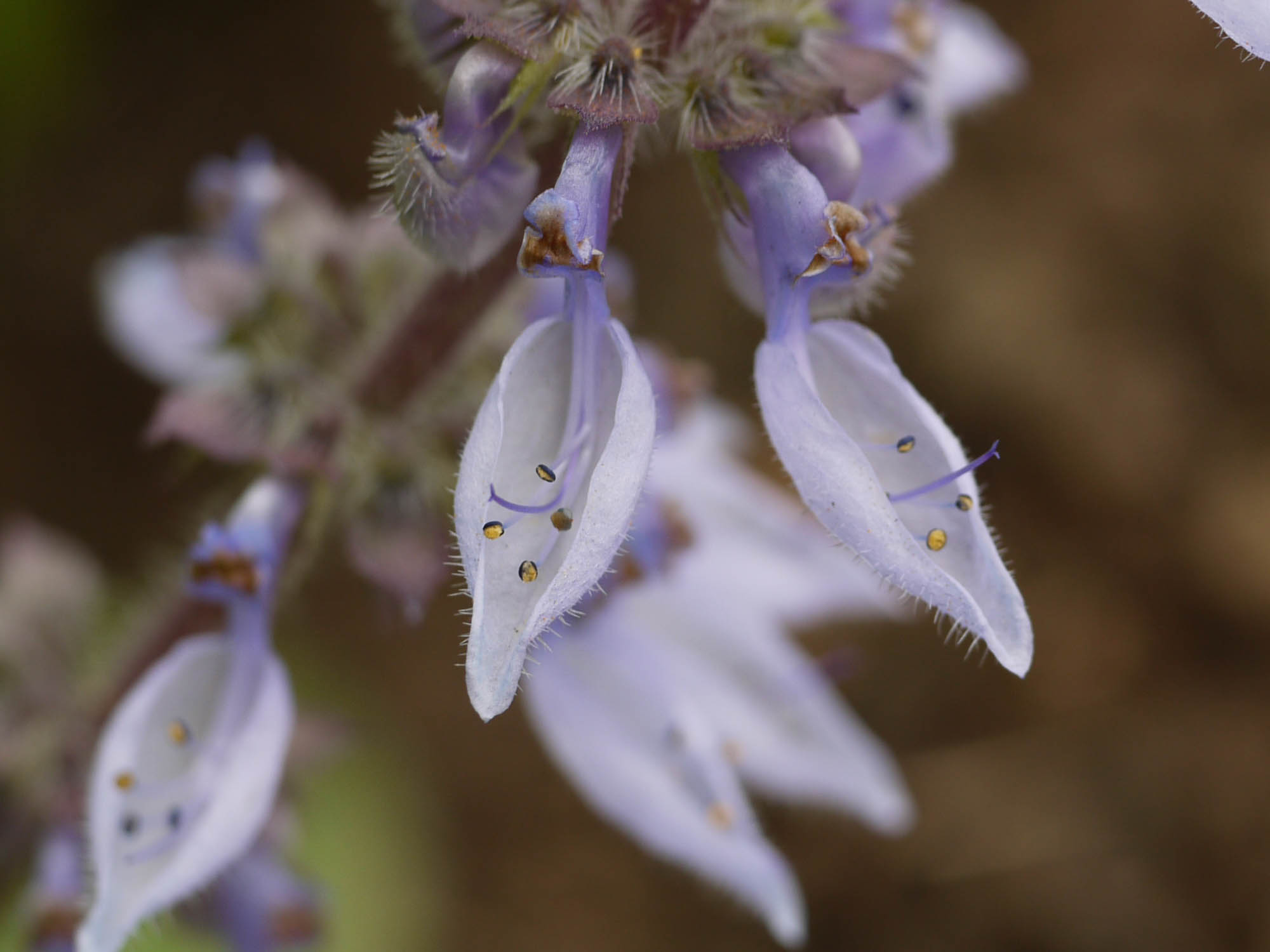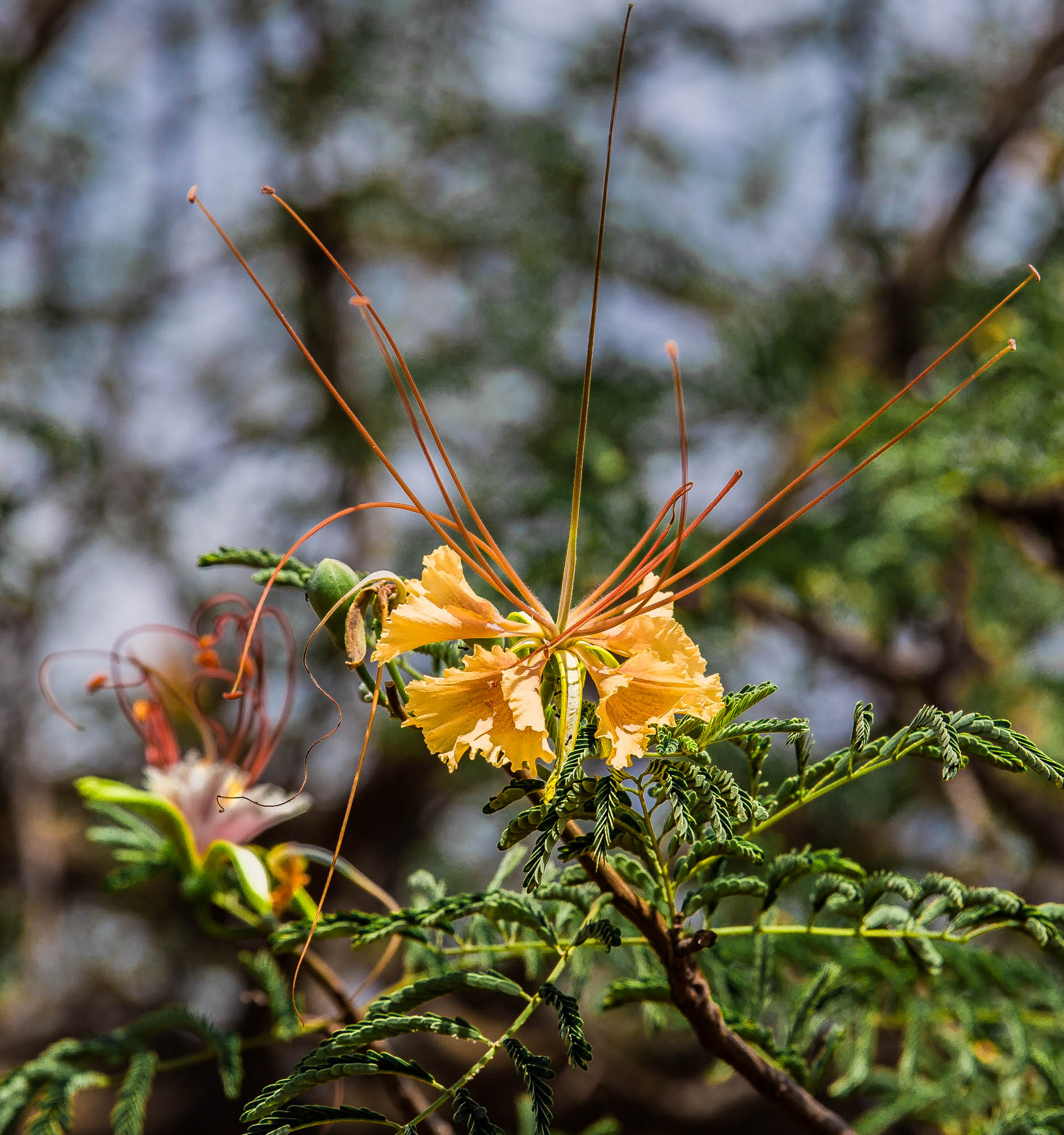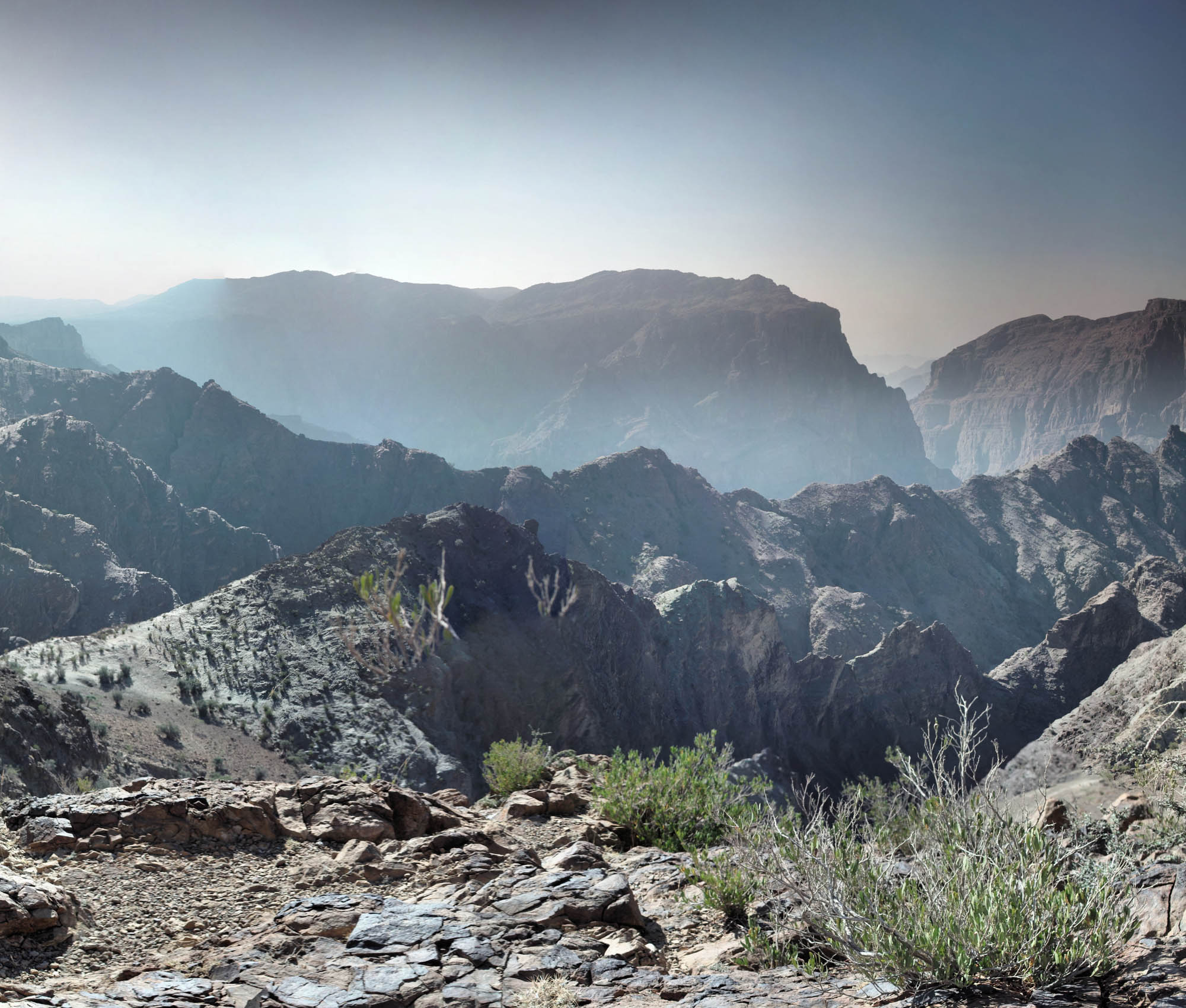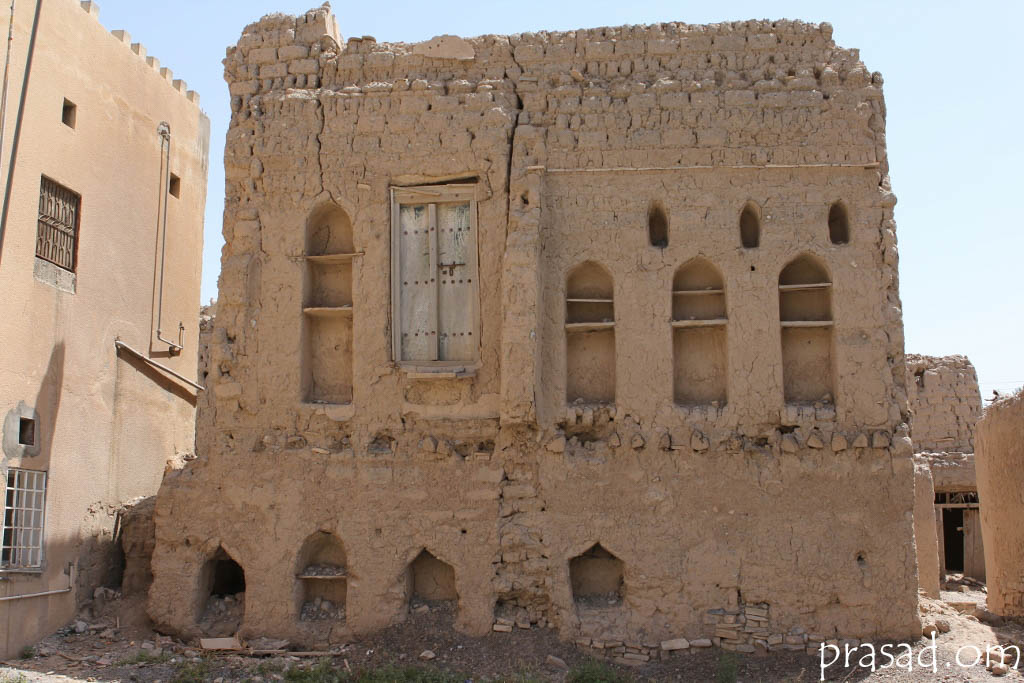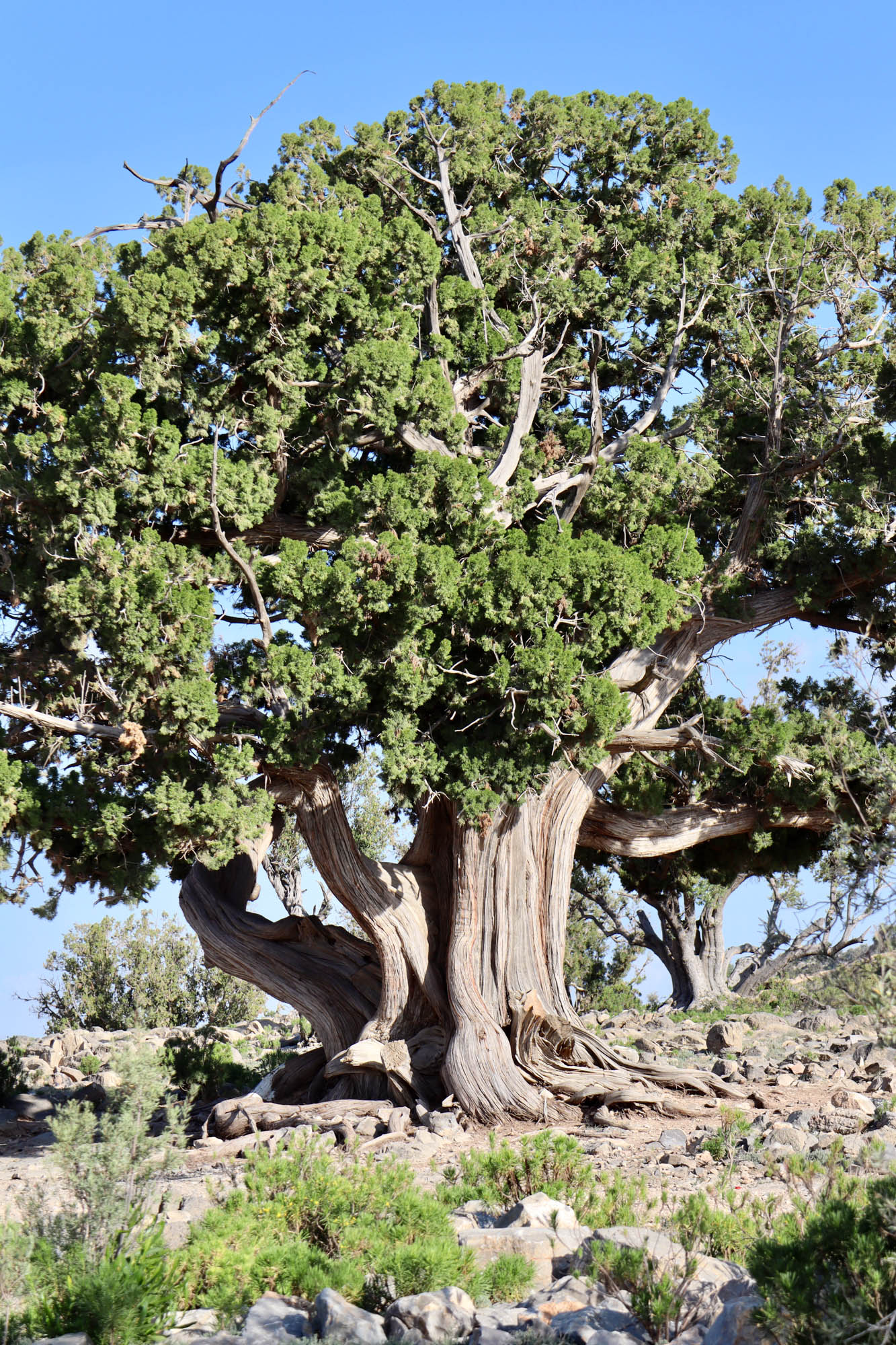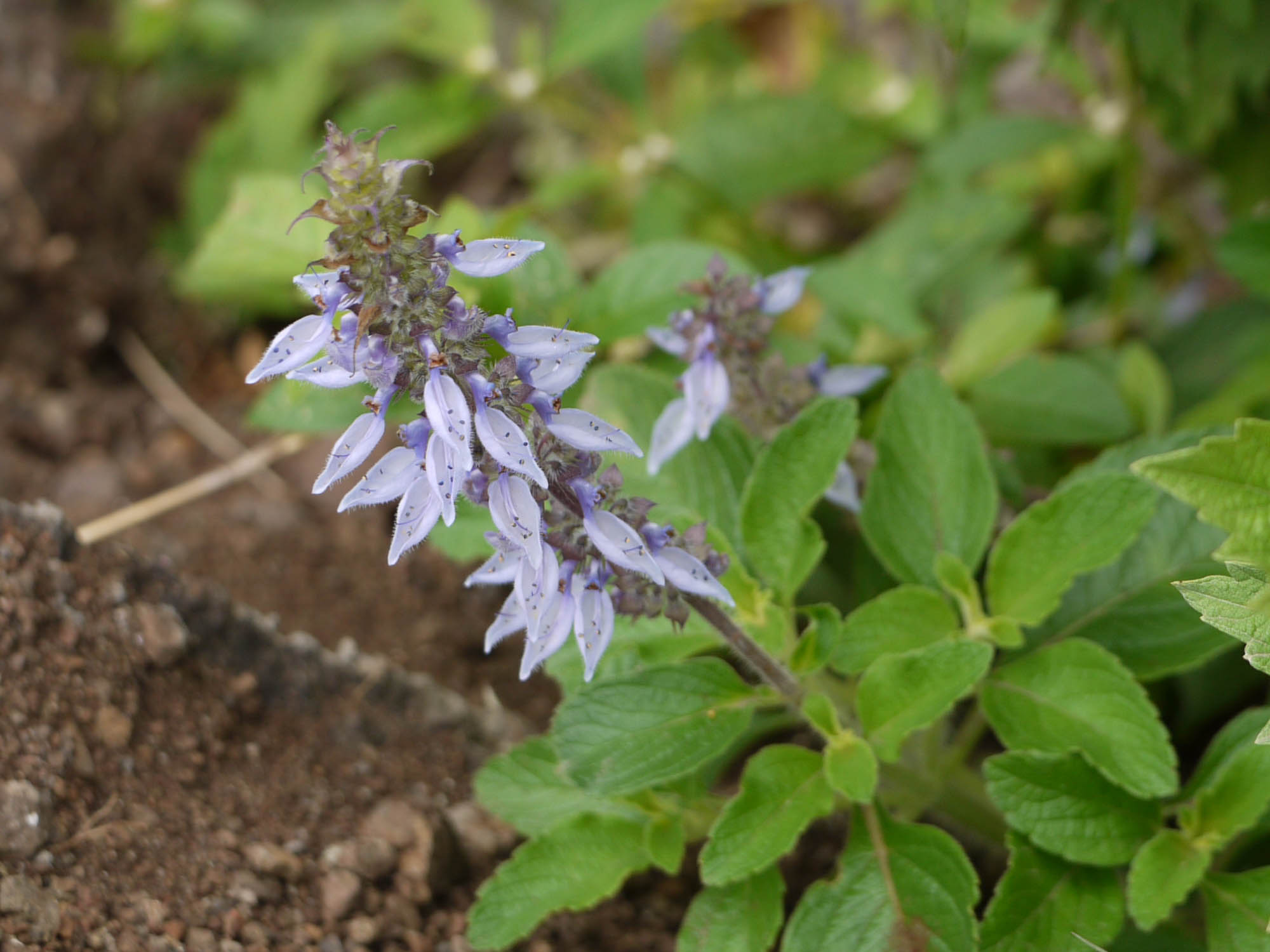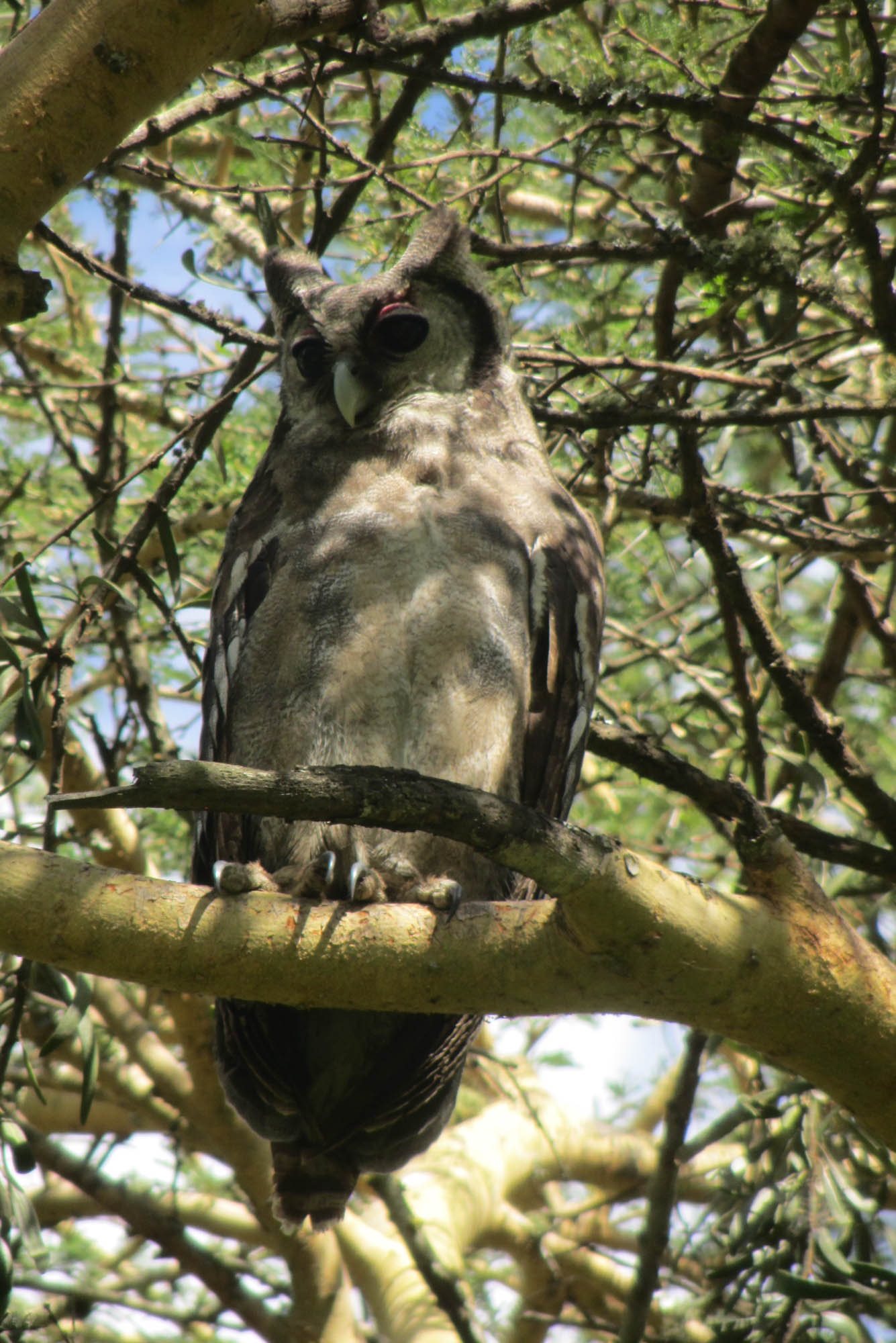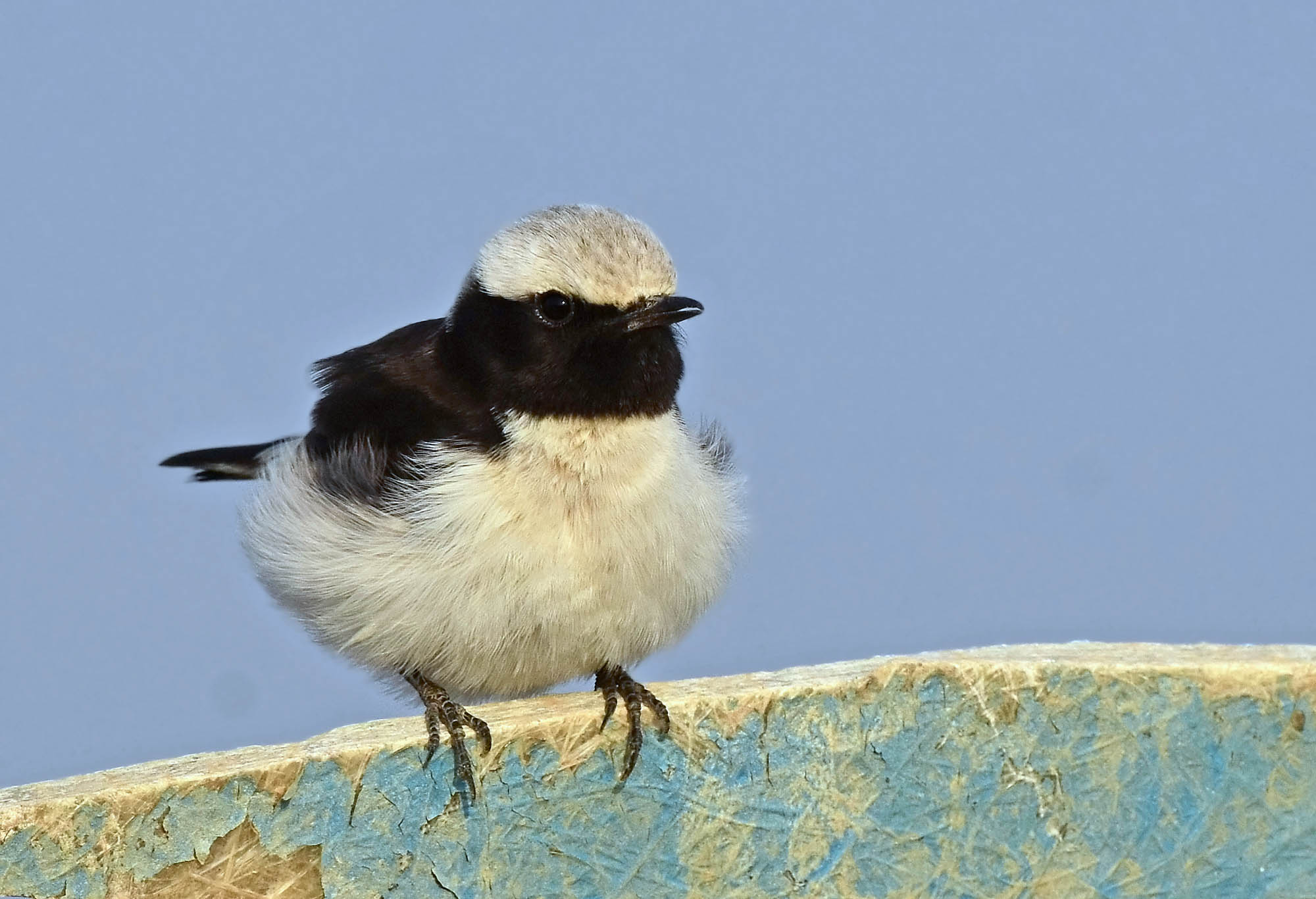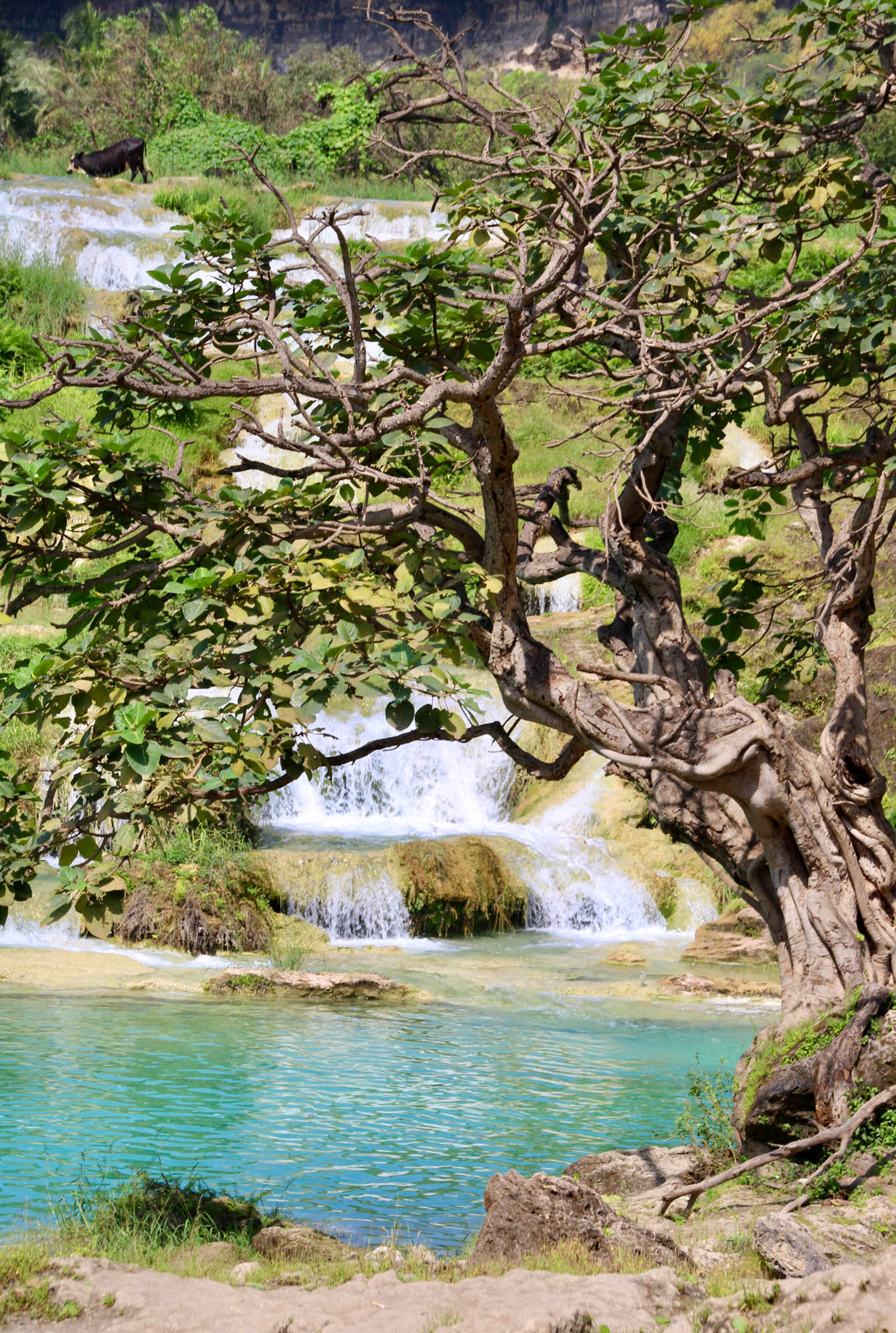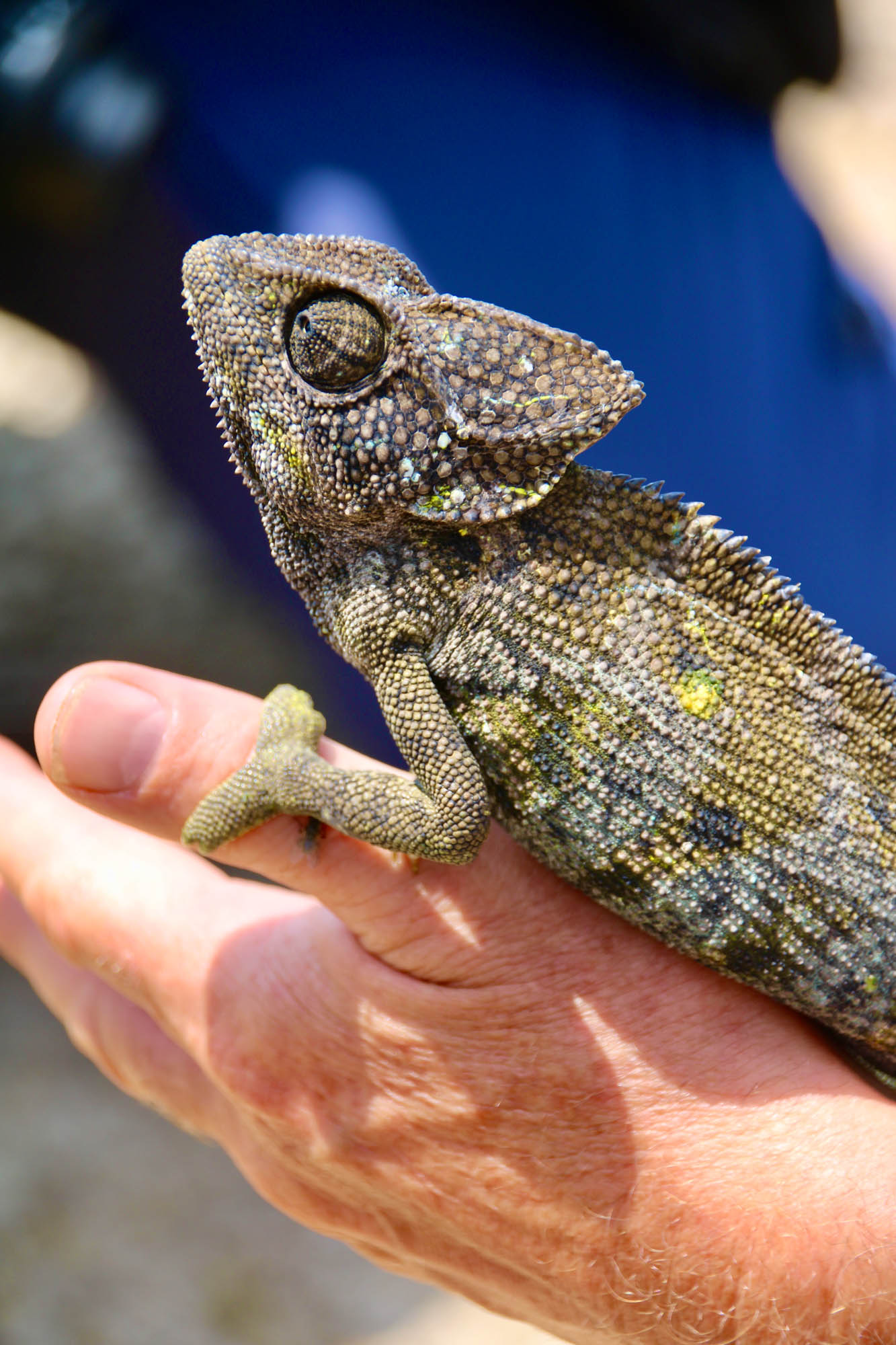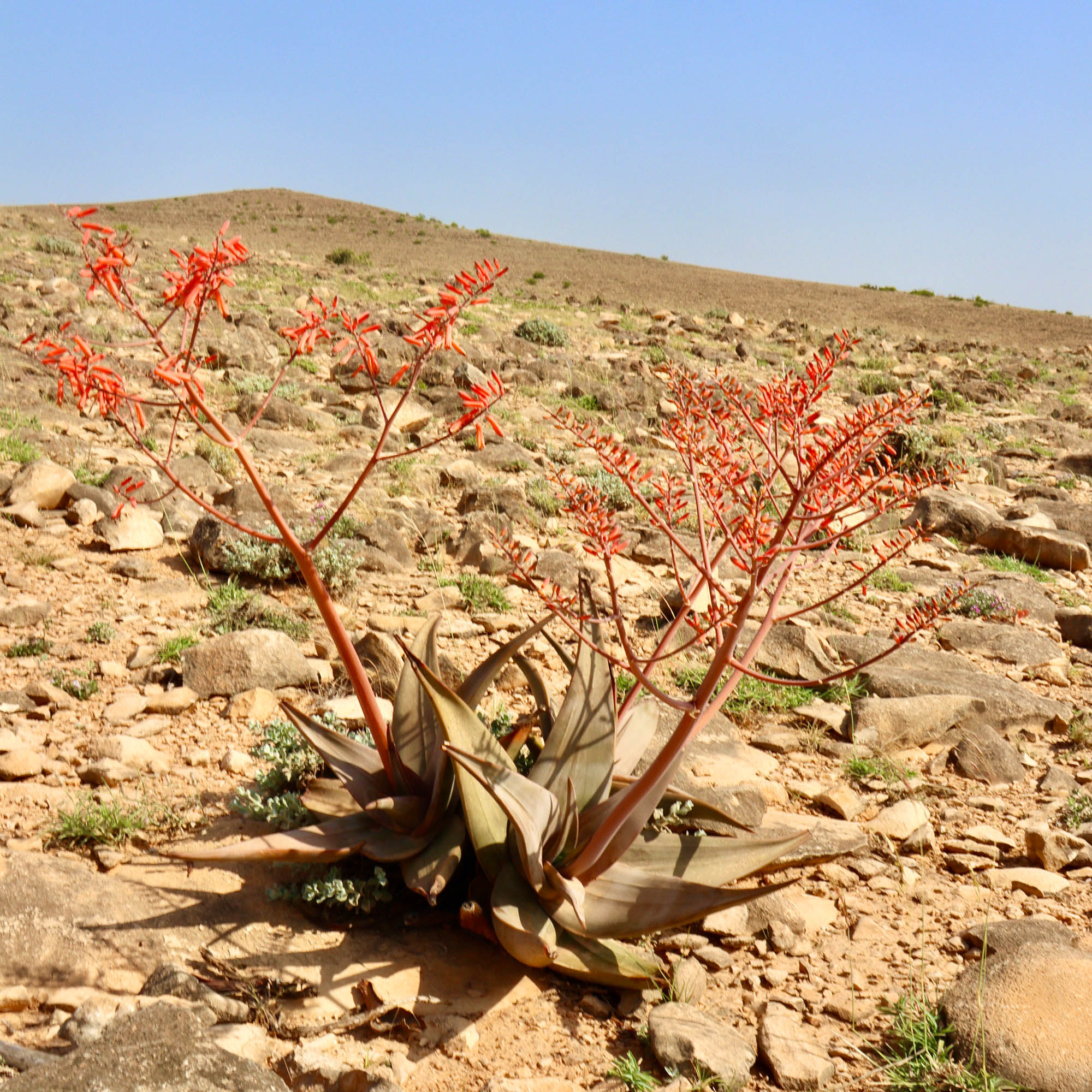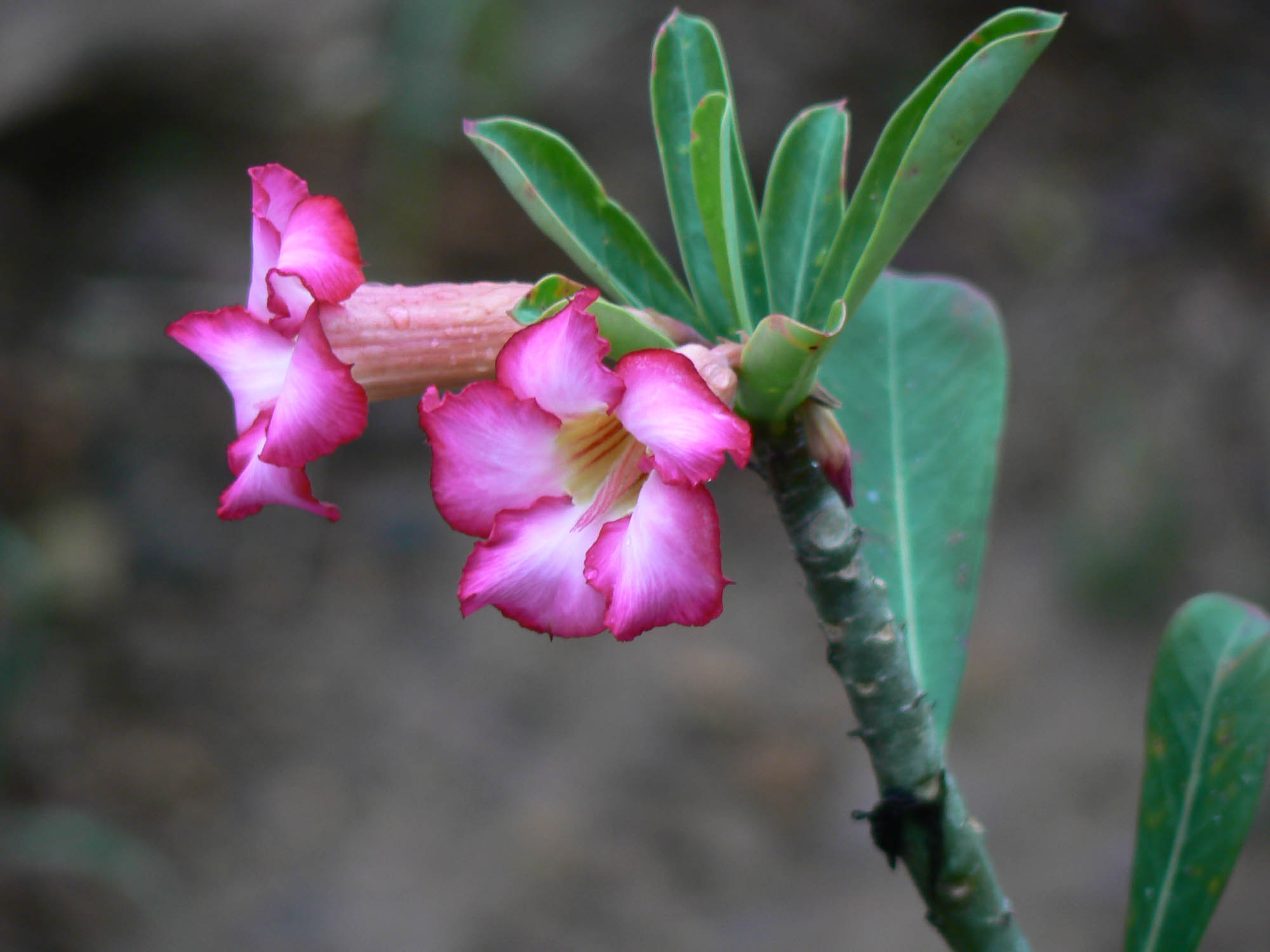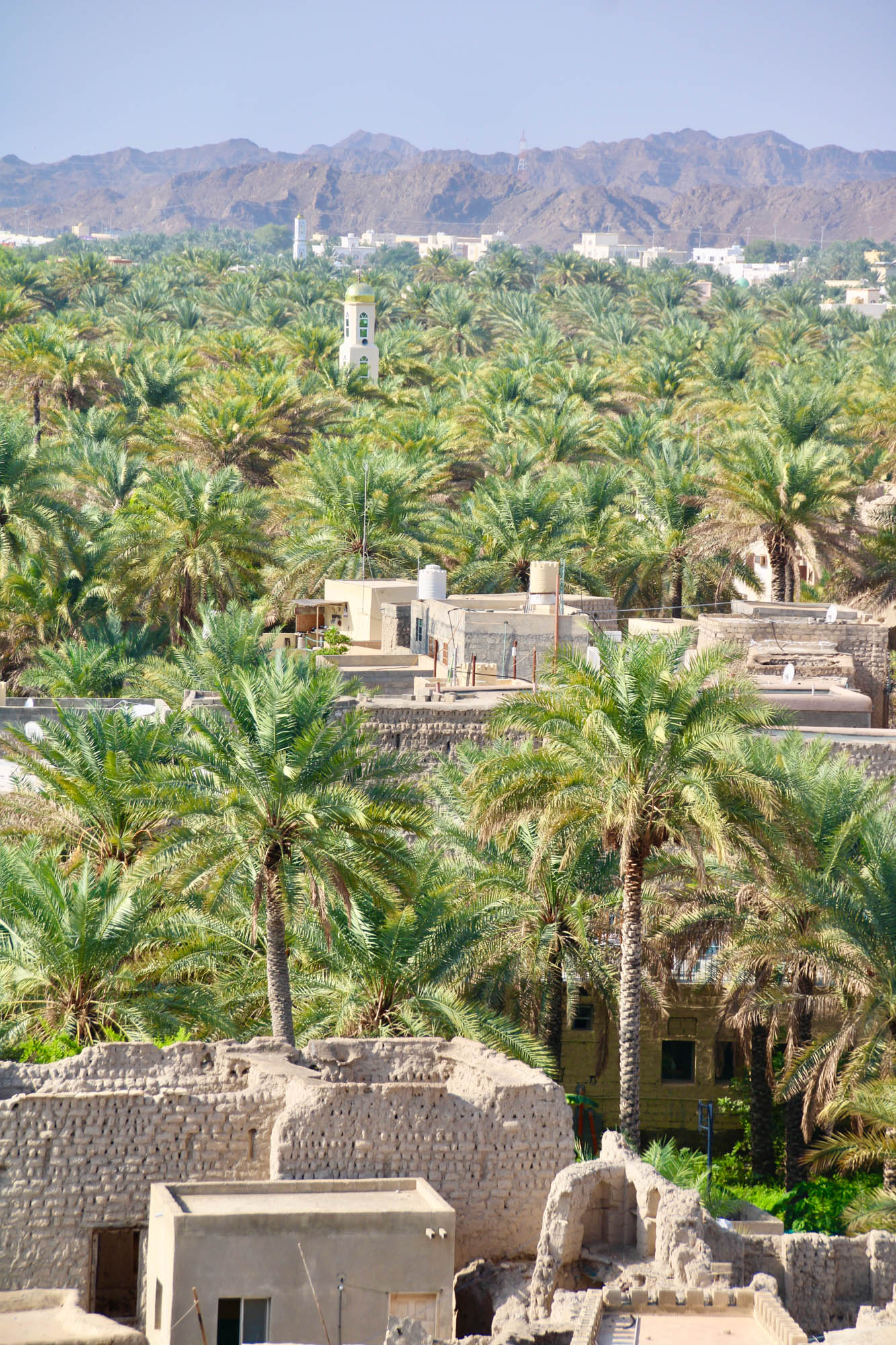

Panama
Poland

Dhofar’s Monsoon Flora and Muscat’s Geomorphological Showcase
Oman offers a real taste of Arabia in a safe and friendly environment. The combination of desert flora and scenery, mountain ranges and wadis rich in endemic and unusual plants, and a fascinating cultural heritage, means that you’ll not miss the onset of autumn back at home! The phytogeographical split within the country is fascinating with the North being in what is termed the Nubo-Sindian plant region, and the humid south of Dhofar being in the Somali-Masai plant region, in other words decidedly African!
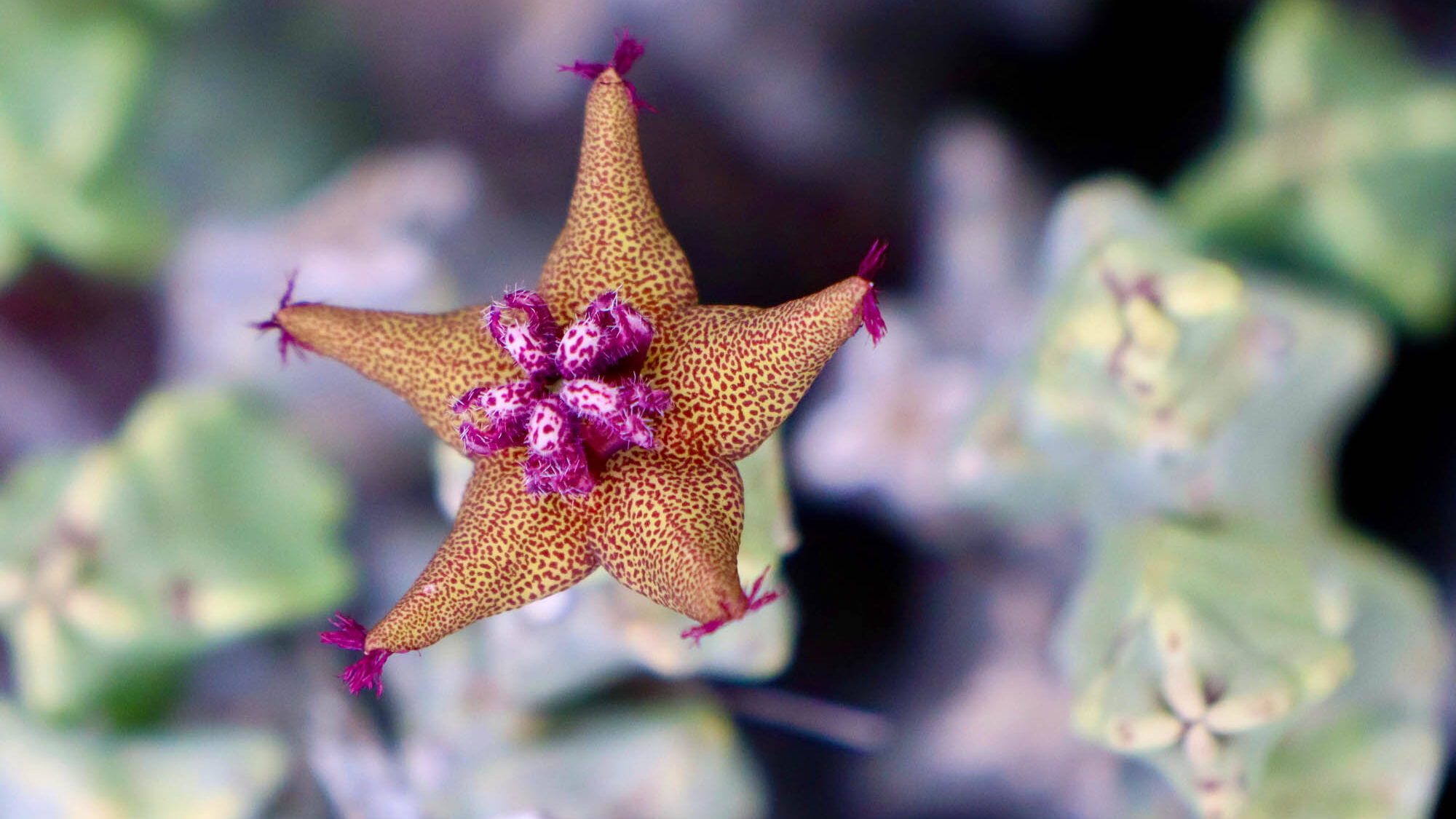
Dhofar is a very surprising place. For most of the year it is as arid as… well… Arabia. The Southwest Monsoon brings an extraordinary transformation. In mid-September the coastal plains look like the green fields of southern England except that its huge herds of camels grazing rather than cows. And the impressive escarpment just inland traps the moisture for a month and is full of luxuriant greenery and beautiful rivers. Truly unexpected.
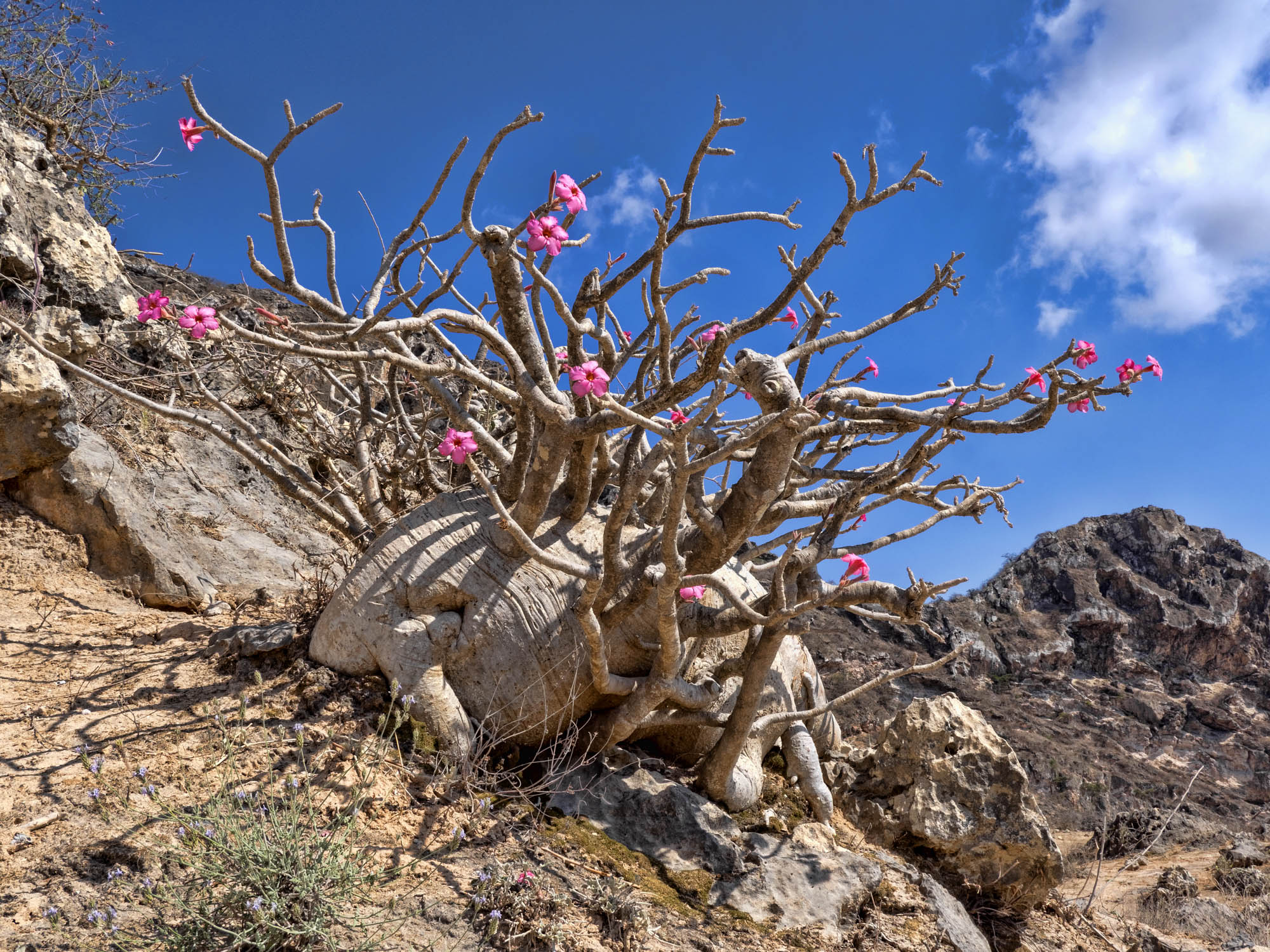
Jabal Samhan is a magnificent limestone massif bounded to the south by sheer (800-1000m) cliffs. This is the last stronghold of the Arabian Leopard in Oman.The monsoon fogs build up against the escarpment and support a narrow ribbon of Anogeissus dhofarica fog-forest with a band of semi-evergreen woodland with Sideroxylon mascatense and Pappea capensis above and below the lip of the escarpment. The summit plateau has an array of lovely flowering sub-shrubs such as Barleria samhanensis and Blepharis dhofarensis. Endemic Dhofaria macleishii, bright orange Aloe dhufarensis, and the lovely Desert Rose Adenium obesum will be seen. An enigmatic grove of baobab trees (Adansonia digitata) grows in Wadi Darbat, a serene spot, and we’ll explore the narrow transition between escarpments and desert where fascinating xerophytes such as Monolluma quadrangula and the weird Desmidorchis adenensis that bloom at this time of year.
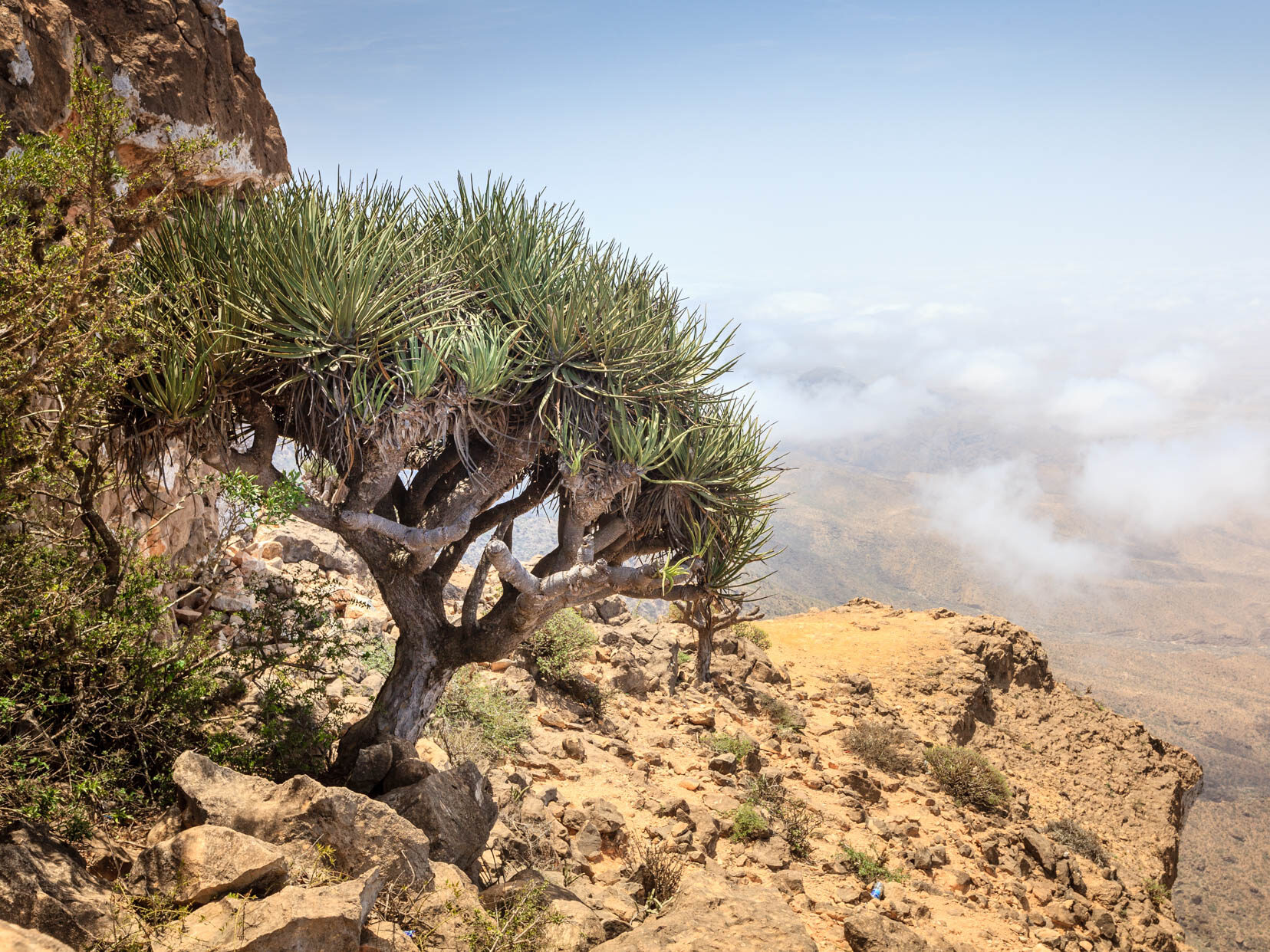
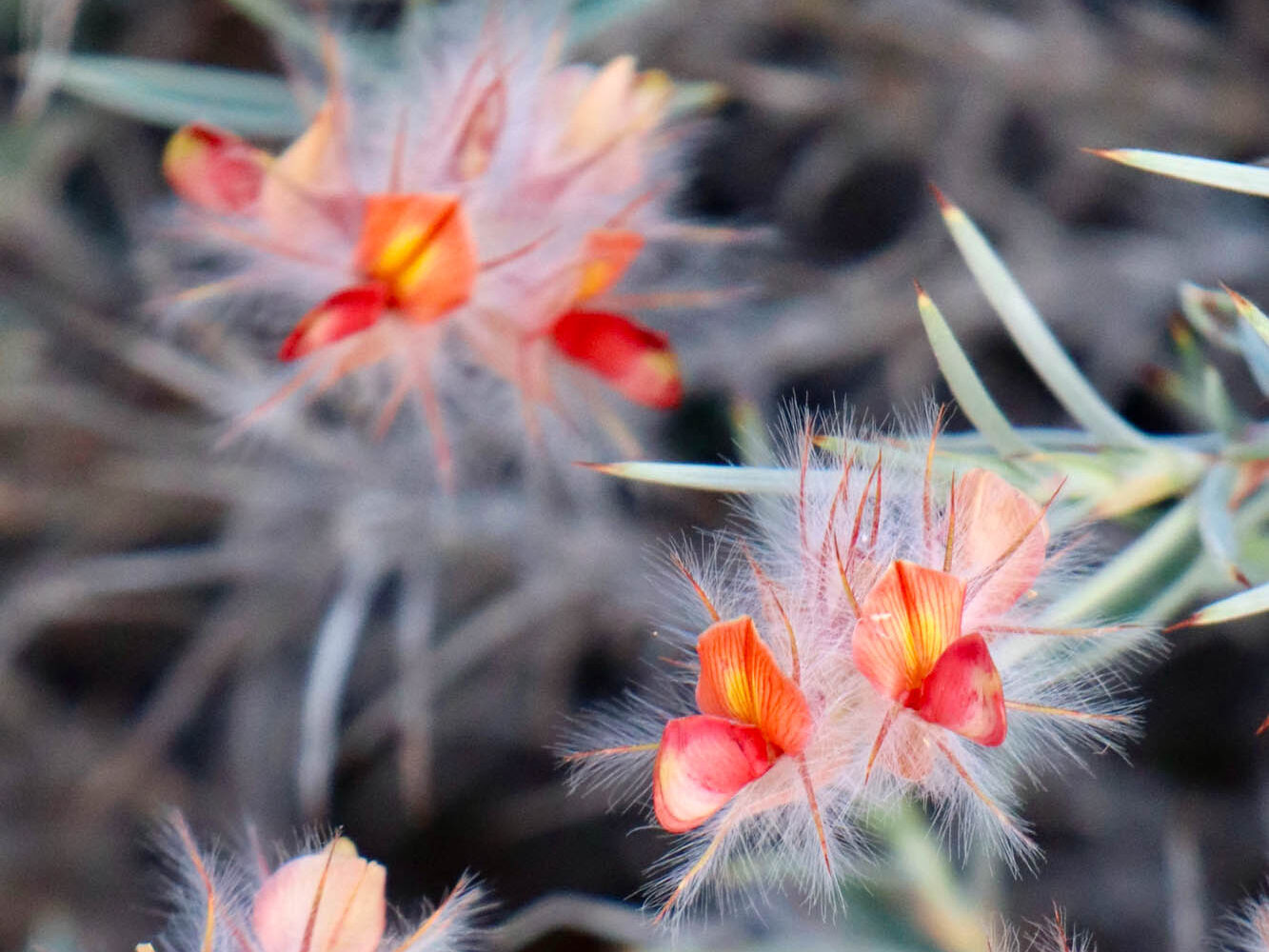
The Jabal Qamar’s deeply eroded mountains reach the sea in spectacular cliffs en route to Dalkut. Rich semi-evergreen forest is replaced inland by sparse Frankincense Boswellia sacra woodland. Amongst a range of fascinating species are Acridocarpus dhofarensis, Cadia purpurea, Commiphora gileadensis, Lycium shawii, Sterculia africana and Zygocarpum dhofarense. There are stands of the Arabian Dragon Tree Dracaena serrulata and well-named Euphorbia cactus is a frequent sight. We’ll also see the local flamboyant, Delonix elata, somewhat less showy than its scarlet cousin, but still a beautiful little tree. A highlight will be the amazing viewpoint at Shaat where you are literally overhanging the sea far below! On the cliffs are a wonderful mix of species such asOcimum dhofarense, Plectranthus barbatus, Ruttya fruticosa, lovely orange and yellow Barleria proxima and the strange violet Hybanthus durus.
The western Al-Hajar mountains in Muscat are home to a relict Juniper woodland amid a scenic masterpiece full of ‘in-your-face geomorphology. The geology of the Oman Mountains is extraordinarily well-exposed and diverse, spanning a geological record of more than 800 million years. Ocean-crust ophiolites have their largest exposure worldwide here and there’s Neoproterozoic diamictites, currently helping with Snowball Earth theories, as well as fossil-rich Permo–Mesozoic carbonates. The steep southern slopes of Jabal Al Akhdar are dissected by deep gorges and in the flatter areas there are several natural springs. The south-facing Sayq Plateau lying at 2000m is still terraced for cultivating fruit trees and various cultivated species (including old land races of Prunus armeniaca, Prunus dulcis, Prunus persica and Punica granatum) which have been grown for many centuries. These irrigated areas near mountain villages with their often-precipitous terraced fields and ancient aflaj irrigation systems provide an important habitat for many native species to thrive and hence are very biodiverse. Here we’ll see Omani endemics Campanula akhdarensis and Clematis hajarensis, the Arabian endemic Diplotaxis kohlaanensis, and strange Dionysia mira, a primula relative that clings to rocky crevices by means of its woody stock. Amongst open woodlands of Juniperus seravshanica we’ll find Acridocarpus orientalis, Euphorbia larica and Lonicera hypoleuca.
Dates and Prices
17th September - 27th September 2024 (11 days)
* doesn't apply if you're willing to share and a room-mate can be arranged
The rich flora of Dhofar. Also Geomorphology, especially of the Muscat Mountains. Also birds, lizards and a little culture.
The minimum is 5 and the maximum is 15.
All flights. Transport, accommodation and all meals in Oman. Services of your leader. Please note: Insurance, drinks, tips and items of a personal nature, are not included.
Flower, mammal and bird checklists are available.
For our entire stay in Salala (six nights) we’ll be at the Rotana which is on the coast between Salalah and Taqa. It is a large resort with spacious rooms and an excellent restaurant and is sited right by the sea – the sea breezes are important! In Muscat we’ve one night at the Nizwa Heritage Inn. Nizwa’s archaeological sites have only just become popular and now the hotels follow. The heritage is a modernisation of several townhouses into hotel rooms, so its like you are staying with a local family except en-suite! In the mountains we’ve two nights in a hotel. The final night of the tour will be at the Crowne Plaza in Qurum Heights, Muscat, overlooking the harbour below. The hotel has its own rather lovely little private beach. The restaurant is superb too. All rooms on this tour have en suite facilities.
Fairly Easy. No more than three or four miles a day for the most part, however please note that we are often on rocky or otherwise uneven ground, rarely on trails.
UK direct return flights to Muscat from London Heathrow. Internally we’ll connect with an onward flight to Salalah outbound and return from Salalah to Muscat on Day 8.
*These routes may incur a supplement
Warm to hot. Temperatures in Muscat can reach 40°C however there it is a very dry heat. In Dhofar the temperatures are a full 10°C lower however there it is more humid… At night in the Muscat Mountains it cools down significantly. Rain is unlikely anywhere, though there may be occasional fog in Dhofar.
Contact us to check if there is availability for the number of places you require. Click on the ‘Book this Tour’ button on this page to be taken to the online booking form or contact us and we will send one to you which you can complete and send back to us. You will receive confirmation of your place, and then a detailed information pack will be dispatched to you about twelve weeks before departure. This will contain up-to-date health information.
